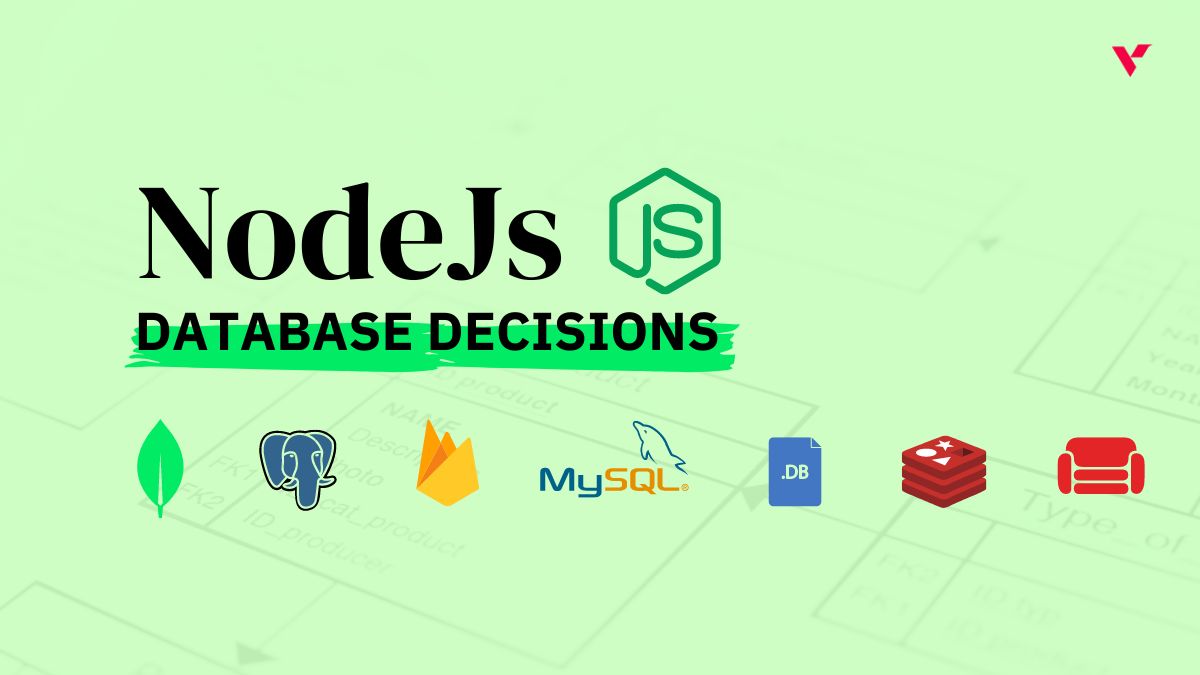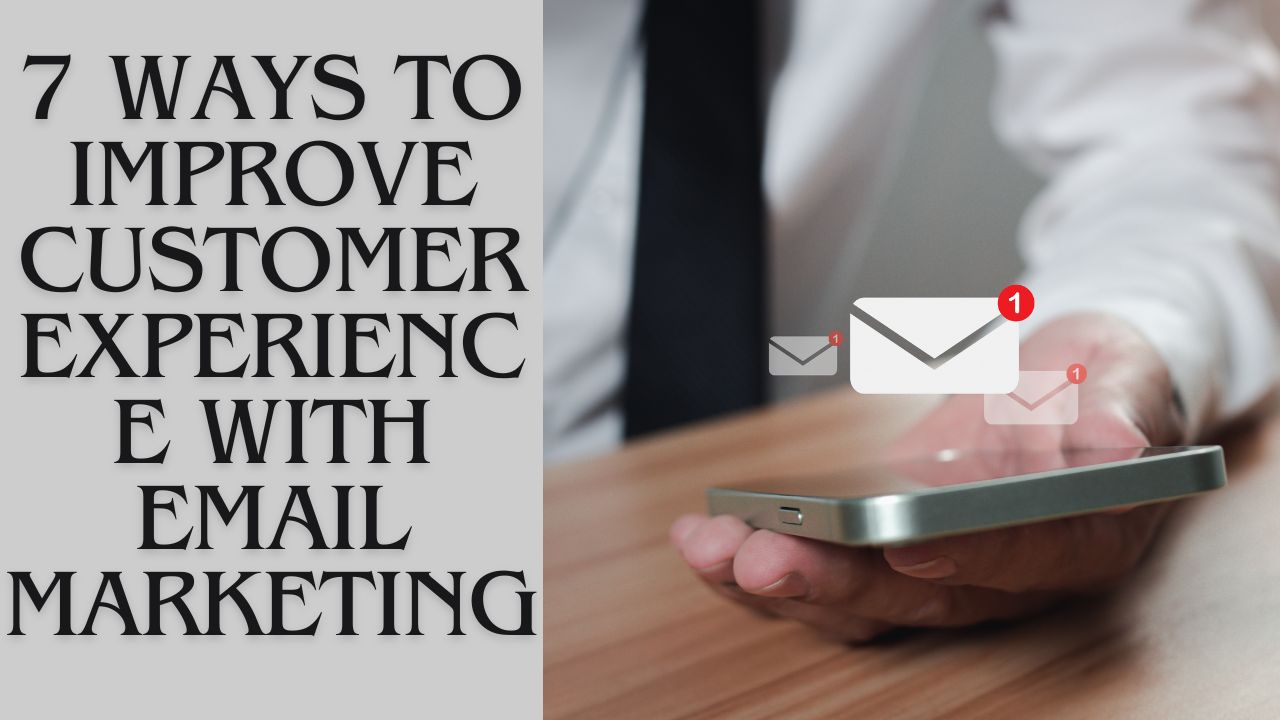Popular Tools by VOCSO
“I want it all, and I want it delivered.” Bette Midler unknowingly gave us the quote to define the modern shopper and your target audience. It’s a guiding light for ecommerce marketing strategies and sales techniques because it shows that customers don’t care about buying, they care about wanting and getting.
For your business, that means shipping and delivery play an outsized role in your customers’ experience. Instead of letting that opportunity go to waste — or even worse, flubbing it — it’s time to add shipping back into your ecommerce marketing strategy to ensure Bette and all your other customers keep coming back.
Let’s jump in and get you going.
Table of Contents
4 Strategies to Start With
If shipping is going to play a role in your marketing, you first need to understand how you’ll use it (and budget for it) to get shoppers excited. There are four common ways you can use shipping in your store, each with their own marketing positioning:
- Free shipping: Sweet and simple, allowing you to make a direct offer to any buyer. There’s no restrictions or complications in the offer, so it always sounds like a good deal. And, the National Retail Federation says 75% of your buyers want shipping free on every order. The most straightforward way to give people what they want.
- Minimum qualifying price: This is your “Free shipping on orders over $50” type of offer. It gives more flexibility for brands with smaller margins or small average order sizes. It protects your bottom line a little more and still has a decent influence on conversion rates. Combine it with sales and product-combo offers to increase order values and get to that minimum faster — something about 61% of people are willing to do.
- Low, fixed costs: Flat-rate shipping is a popular option for many because it’s easy to advertise, easy for customers to understand, and helps avoid shopping cart abandonment. Position it right, and customers will view this as a deal or discount.
- Carrier price minimums: This is the hardest to position if you don’t have a lot of real estate. Carrier pricing or “minimum shipping rates” is essentially the ability to have customers pay what you would pay for shipping their order. This is generally achieved via plugins like Shiprocket’s rate calculator where the customer can see real-time pricing from any carrier you use. The message here is really about transparency and it’s a good play for small businesses that don’t have a lot of room to offer shipping discounts. The positioning is more about being honest than offering a deal.
For ecommerce brands, shipping is a line item and a marketing tool. You’ll first need to understand what your company can afford and then determine positioning around that ability.
Keep It Responsible
If you read the list above and a few options seem doable, consider A/B testing the offer and how you pay for it (i.e. baking shipping costs into product prices or placing order-value limits) to see what gives you the right combination of audience reaction and revenue bump.
Your goal in that testing — and the marketing rollout, whether it’s ads or emails — is to get in the mind of the customer. Try to determine how they value your offers and your products. Are they more likely to spend up to get free shipping or would a high ceiling send them to a competitor?
Determine what’s responsible for your business to offer by knowing the limits of customers and not approaching these limits. Pushing hard may land you a first sale, but if they’re not super satisfied, you could face growing customer willingness to try out a competitor instead.
Responsibility here is to your customer in terms of the offer and to your company in terms of how you’ll pay for it. Cart, then horse.
Advertise Honestly
Want to get people to abandon shopping carts quicker than ever? Hide or lie about your shipping costs.
More than half of your audience is going to abandon your cart because extra costs are too high, and hidden shipping fees are the biggest culprit. Shipping-related issues are going to play a role in roughly half of your other abandoned carts too because they’re included in people frustrated by not being able to see total costs, options are too slow, or they don’t trust you.
Keep everything as simple as you can, especially when you’re running search and display ads.
You want your message to be understandable at a glance. That means direct, such as: “Shipping always free!”
You can position any offer relative to your audience and what motivates them best. Tie free or reduced shipping to a timeframe or certain number of products to promote scarcity, for example. Shipping can stand out and be a substantial savings, especially if you show what it normally costs and how much someone will save.
The core part of honesty is delivering what you promise. So, two-day shipping ads need to back that up with results or you’ll lose faith. Expanding these can be difficult, so ensure you have a capable team with the space in your warehouse to meet demands or find an ecommerce fulfillment partner to make good on the offer every time.
Use Your Site Clearly
We’re shipping experts and our focus is on getting products to people on time and making them correct the first time. That’s all about making a promise and meeting it, so it’s the tactic we recommend most. Do what you promise.
If you have complex products or needs — such as making a product unique for each order, which will inevitably increase time — consider using shipping as part of your on-site marketing. Explain your shipping requirements clearly and on every sales page. If you’re making an offer, put it in your header or as a banner to advertise the change. Create a blog post that fully explains your shipping needs to, so you have an evergreen piece that can explain and be updated. It may boost your SEO a little as well, making it a smart use of your time.
Monitor your CRM and analytics tools to see how customers are moving on your site and which of these elements are common interaction points. Work that experience with links and suggestions to help tailor your approach to customers and their journey. Making your site dynamic to the visitor, and to the returning shopper, can help you boost sales when you make experience a primary focus.
Optimize for the Customer Experience
Marketing only works when your site and service backs up your promise. Often when it comes to advertising shipping, we’re focused on ease of use for the actual shipping as well as deals/coupons to save.
Run through the checkout and shipping process to ensure that everything is applied correctly and that you’re not overloading customers. Also, go through this as if everything goes right with an order, everything goes wrong, or they return for no reason you can tell.
Each scenario gives you a chance to see what happens and how best to respond to solve customer issues. This knowledge is especially important when you need to respond to customers complaining loudly on social media, review sites, or other channels that also drive sales.
Here are a few suggestions to help you make the process a little smoother for customers and something you can leverage (or that they tout) in your non-paid advertising methods:
- Show shipping cost estimates before someone signs in or creates an account. If this is an estimate, be very honest that final pricing depends on their ZIP code.
- Give people options to buy from you without ever needing to create an account. If they want to protect their information that way, let them.
- Put shipping information on your product pages, FAQ, and train your chatbots on it too. This information should be available to everyone. It also gives you a chance to repeatedly promote up-sells if you offer free shipping at a certain threshold.
- Reduce checkout steps whenever possible, including by adding shipping options to your main checkout page instead of making people navigate multiple steps.
- Give delivery estimates on orders and let people know if you have a cutoff for what qualifies as a business day.
- Integrate with your warehouse and order management tools to automate the delivery of tracking numbers and shipping updates. Seamless is good for you and customers.
- Make your policies on returns and lost shipments easy enough for anyone to understand. Always be clear, because it avoids tense conversations and issues that impact repeat sales.
Your goal is to use these techniques to improve the shipping that you offer customers. Initially, it’s about avoiding returns and cart abandons. Eventually, it plays a role in your indirect marketing by working on social channels, increases referrals, and maybe getting a few product advocates who are excited about your new release and share your info.
Remember, marketing is about the immediate sale as well as boosting that average customer lifetime value.
Maximize Your Tech Stack
Another vitally important piece in these marketing efforts is to use what you have to the fullest. Every tech stack is different, especially martech and warehouse tech. So, you’re going to need training and time to understand the full capabilities and start to implement them.
Start by looking at the big picture to see where you can make the process easier for customers. For instance, your ecommerce store software may be able to track user location when they browse and can then adjust shipping cost estimates based on that data. This effort will give you more accurate estimates generally, and hopefully reduce the chance of sticker shock for anyone who gets to the final checkout page.
Marketing systems also make it easy to test out different shipping methods for customers. Not only can you A/B test an offer in ads, but you can then ensure that people getting the ad with offer A also see only offer A on your website. Repeat customers with accounts can get special ads and offers too, when you combine CRM tools with other parts of your martech stack.
Very few tools are built specifically for customer interactions. So, you’ll need to explore what options and techniques are available to create your plan for managing the customer experience. The stack can get you part the way there, but training and testing combinations are needed to maximize your potential.
At the same time, consider the partner you work with for your fulfillment. They may operate multiple distribution centers or specialize in receiving shipments from overseas manufacturers. Their expertise might be able to ensure you can deliver to every customer in two days, or reduce the time it takes to get a special/unique order to a customer by minimizing customs concerns.
Right now, you’re paying for at least a few services and platforms. Put them to work for you and utilize the features that best fit your business. Or, if you find a gap, look for a system that can fill it with a value-add that’s relevant to you.
The best part about modern day shipping is the technology and service providers available to us all. It’s never been easier to deliver a high-quality customer experience and boost the chances of an additional sale.
It’s More than Shipping
Shipping is a way to land the first sale and turn a few interested leads into new customers. However, it might be even more important when it comes to generating recurring revenue.
Generally, shipping and fulfillment is the last point you can lose a sale. Lost orders, damaged products, incorrect shipments, and other errors can immediately become a return or refund. Spend time to make the offer right and then get the process right.
Delivery options allow you to be flexible for customer and business needs. Keep your margins in mind for the offer and your customer in mind for the execution. It’s a smart way to win the next sale down the road too.


















